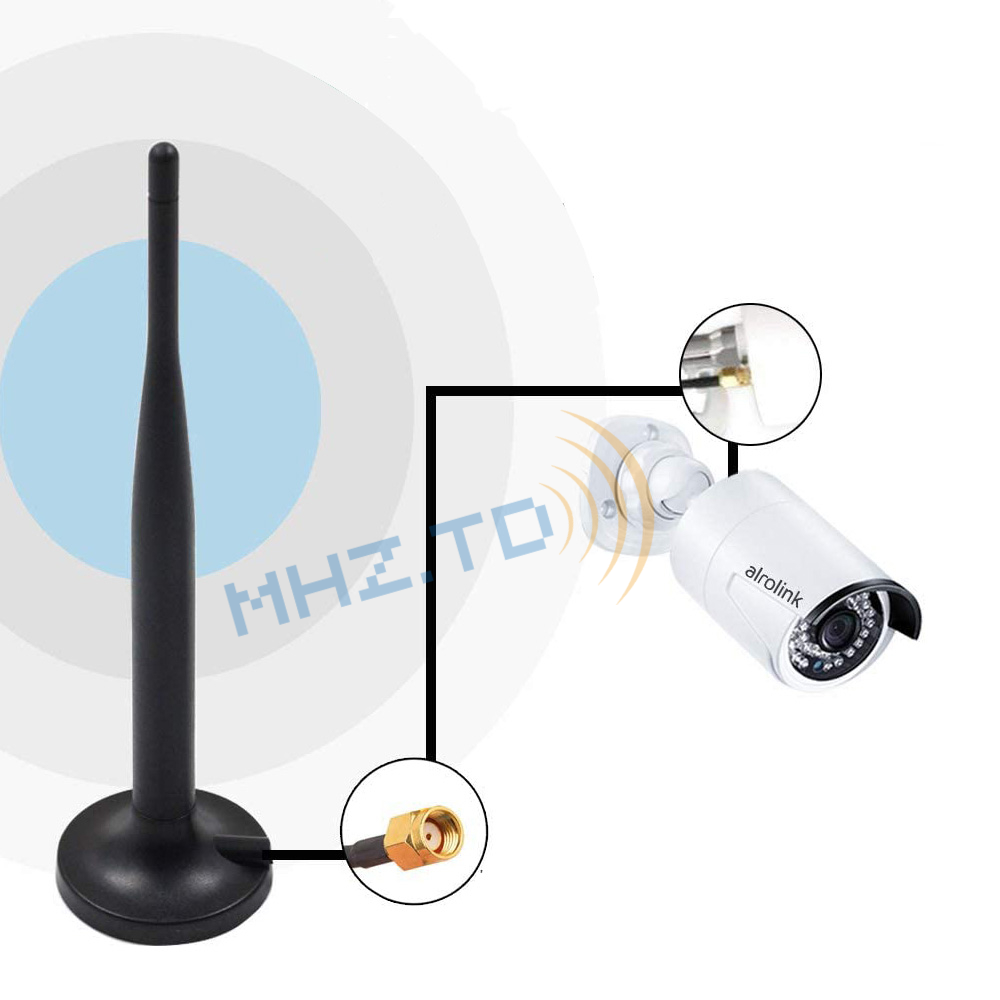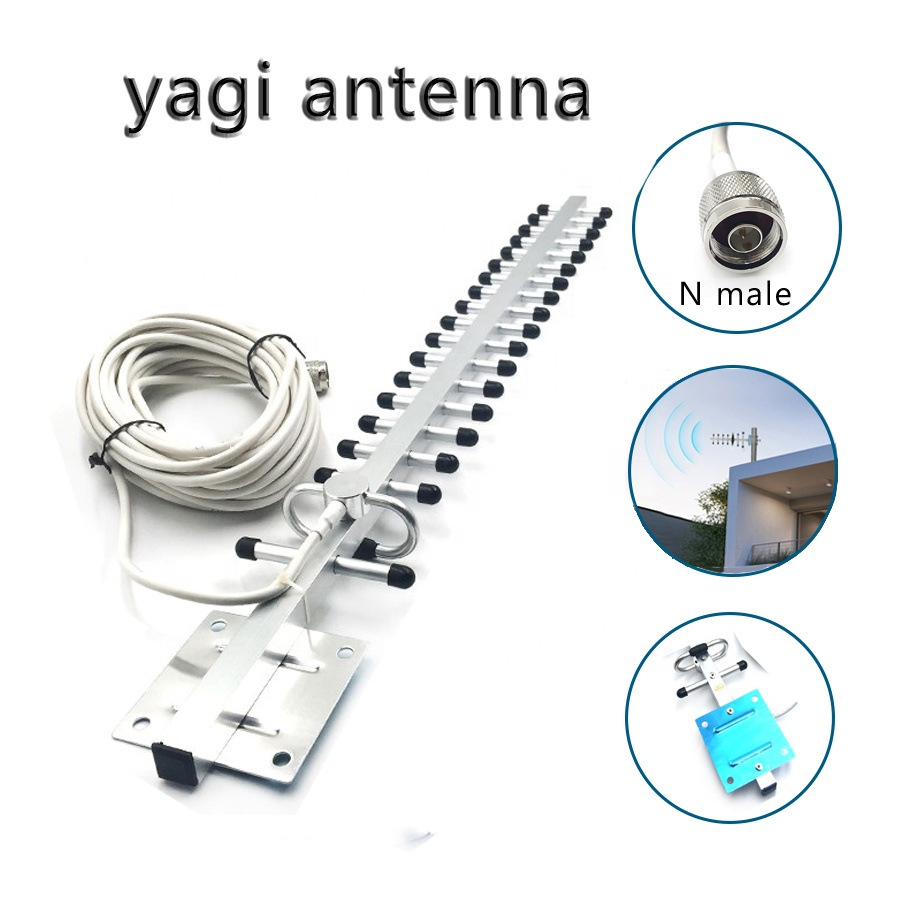Antenna, which can be used to transmit signals and receive signals, is reversible, has reciprocity, and can be regarded as a transducer, which is an interface device between circuit and space. When used to transmit signals, the high-frequency electrical signals generated by the signal source are converted into electromagnetic waves in space and emitted in a certain direction. When used to receive signals, electromagnetic waves in space are converted into electrical signals and transmitted to the receiver through a cable.
Any antenna has some characteristic parameters that can be properly defined, which can be used to evaluate the performance of the antenna, including electrical characteristic parameters and mechanical characteristic parameters.
Mechanical properties of antennas
Antenna system simple or complex shape
Size of dimension
Whether it is robust, reliable and convenient to use
Performance parameters of antenna
Frequency range
gain
Antenna factor
Directional diagram
power
impedance
Voltage standing wave ratio
Classification of antenna
Antennas can be classified according to different ways, mainly:
Classification by use: can be divided into communication antenna, television antenna, radar antenna and so on
According to the working frequency band classification: can be divided into short-wave antenna, ultra-short-wave antenna, microwave antenna and so on
According to the classification of directivity: can be divided into omnidirectional antenna, directional antenna, etc
According to the shape classification: can be divided into linear antenna, planar antenna and so on
Directional antenna: The antenna direction is limited to the horizontal direction of less than 360 degrees.
Omnidirectional antennas can often be used to receive/transmit signals in all directions at the same time. This may be desirable if a signal needs to be received/transmitted in all directions, such as with some traditional radio stations. However, there are often cases where the direction of the signal is known or limited. For example, with a radio telescope, it is known that signals will be received in a given direction (from space), while omni-directional antennas are less efficient at picking up faint signals from stars. In this case, a directional antenna with higher antenna gain can be used to receive more signal energy in a given direction.
An example of a highly directional antenna is the Yagi antenna. These types of antennas are frequencies used to send/receive communication signals over long distances when the direction of the input signal or target is known. Another example of a highly directional antenna is a waveguide gain horn antenna. These antennas are often used for test and measurement applications, such as when measuring the performance of another antenna, or when receiving/sending signals in a higher waveguide frequency band. Directional antennas can also be manufactured in relatively lightweight flat plate designs for easy fabrication on common RF substrates such as PCBS. These flat plate antennas are commonly used in consumer and industrial telecommunications because they are relatively inexpensive to manufacture and are lightweight and small.
Post time: Jun-18-2023








